A pair of Chinese technology test satellites have failed to reach their planned orbit en route to the Moon, a rare failure in the country’s record of space mission launches in recent years, according to SCMP .
The DRO-A and B satellites were launched into orbit by a Long March-2C rocket from the Xichang Satellite Launch Center at 8:51 p.m. on March 13. The rocket's first and second stages operated normally, but its upper stage, Yuanzheng-1S, did not.
“The satellites have not been put into designated orbits and work is underway to resolve this issue,” Xinhua news agency said in a brief statement.
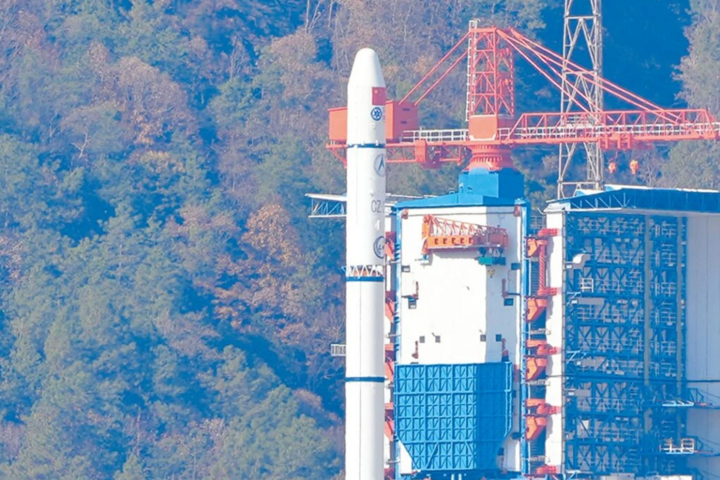
The Long March-2C rocket lifted off with DRO-A and B satellites from the Xichang Satellite Launch Center on March 13. (Photo: Xinhua)
The original plan was for both satellites to head toward the Moon and enter an orbit known as a far retrograde orbit, or DRO. From there, they would fly in formation and operate alongside DRO-LEO, a third satellite successfully launched into low Earth orbit by a Jielong-3 (Smart Dragon-3) rocket last month, to test laser-based navigation technologies between the Earth and the Moon, known as Cislunar space.
The DRO orbits at an altitude of tens of thousands of kilometers above the lunar surface. It has high stability, allowing the spacecraft to maintain orbit for a long time without using fuel, which is convenient for research and exploration, according to Chinese scientists.

Diagram of the expected operation of the Dro A and B satellite pair. (Photo: SCMP)
The current orbits of DRO-A and B are also unknown to the US military and amateur researchers who track space objects, according to Jonathan McDowell, an astronomer at Harvard who tracks rocket launches and space activity.
"It often takes the US Space Force a long time to detect objects in unusual orbits, especially high orbits," he said.
The Xinhua report appears to indicate that the satellites "are indeed in orbit around the Earth, just not high enough for them to reach the Moon," the US expert said.
The failed launch on March 13 was an unprecedented failure for the Far Eastern-1S upper stage, which has assisted Long March rockets in sending satellites — including the Beidou navigation satellites — into higher orbits since 2015.
A Beijing-based rocket engineer, who spoke on condition of anonymity, said the Yuanzheng-1S may have suffered an engine failure. “Technically, there is still a chance for the satellites to use their own thrusters to climb to a higher orbit, although that would significantly reduce the mission’s lifetime.”
All three DRO satellites were developed by the Microsatellite Innovation Academy of the Chinese Academy of Sciences (CAS) in Shanghai. Technical details of the satellites are still scarce.
A Chinese paper published in the domestic Deep Space Exploration Journal last year proposed a possible scenario for achieving relatively precise navigation in deep space, based on communication between two satellites placed in the lunar DRO orbit and a third satellite in low Earth orbit using lasers.
The DRO mission is designed to verify key technologies for laser communication and data transmission in deep space, a CAS researcher said.
The DRO is increasingly important to China as it aims to put a next-generation space station into orbit around the Moon to serve manned lunar landing missions and transport materials between the Moon and Earth, the researcher added.
Meanwhile, NASA plans to use another orbit, called the NRHO orbit around the Moon, to build the Lunar Gateway station and support missions to the lunar surface, Mars and beyond.
Source



![[Photo] Prime Minister Pham Minh Chinh chairs meeting to remove difficulties for projects](https://vstatic.vietnam.vn/vietnam/resource/IMAGE/2025/3/30/7d354a396d4e4699adc2ccc0d44fbd4f)



![[Photo] Ministry of Defense sees off relief forces to the airport to Myanmar for mission](https://vstatic.vietnam.vn/vietnam/resource/IMAGE/2025/3/30/245629fab9d644fd909ecd67f1749123)




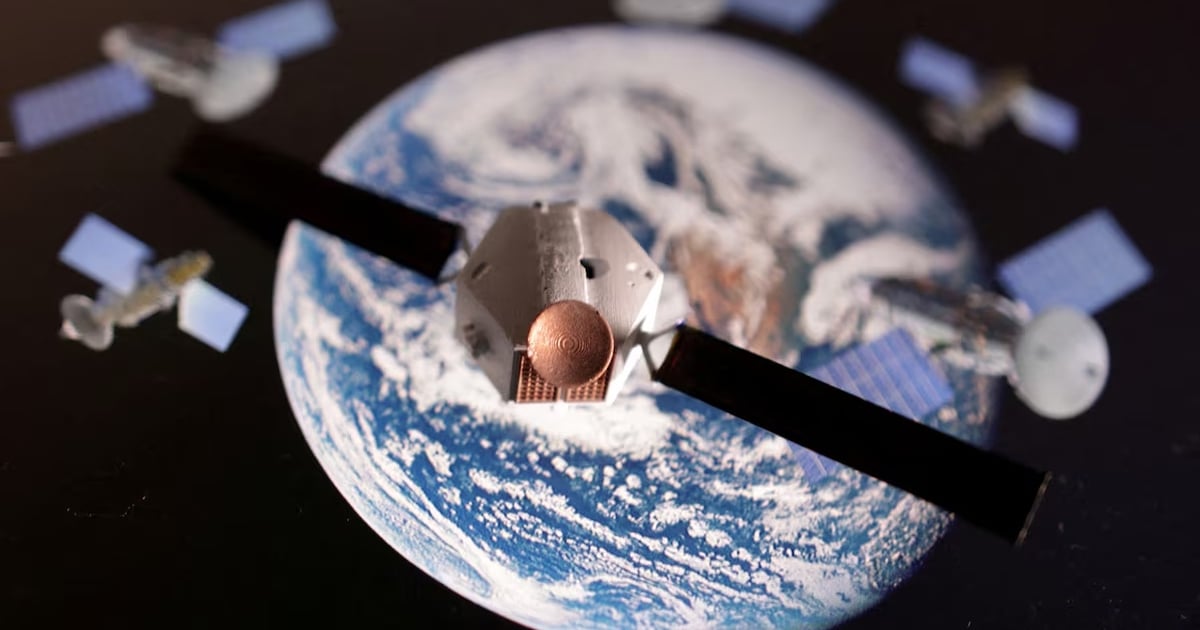
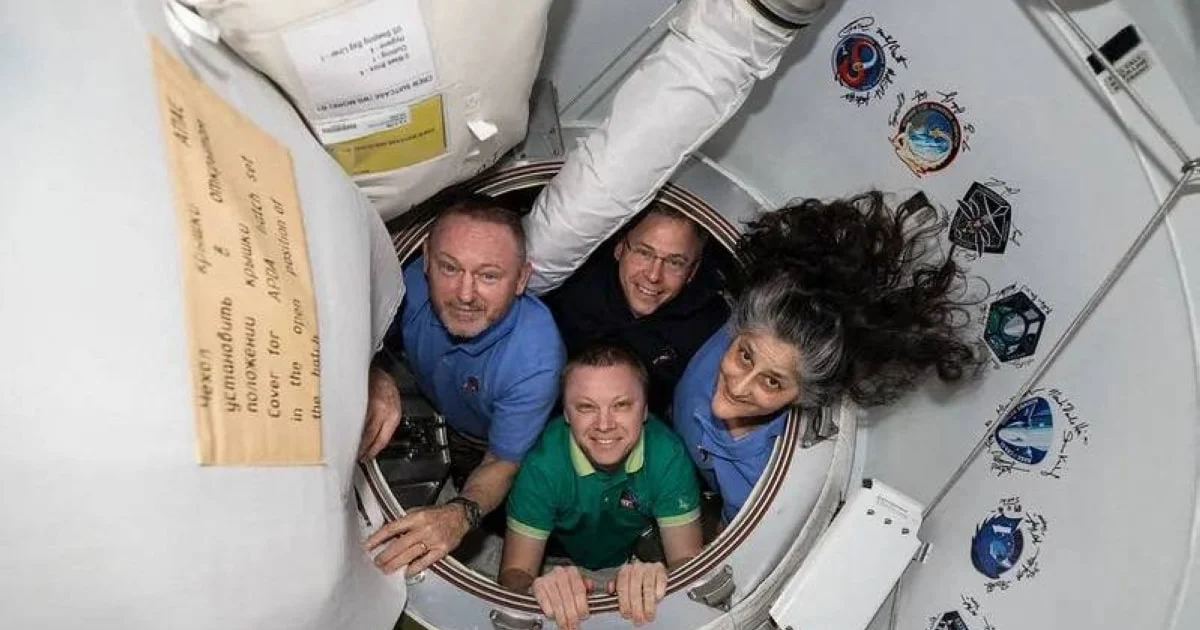





































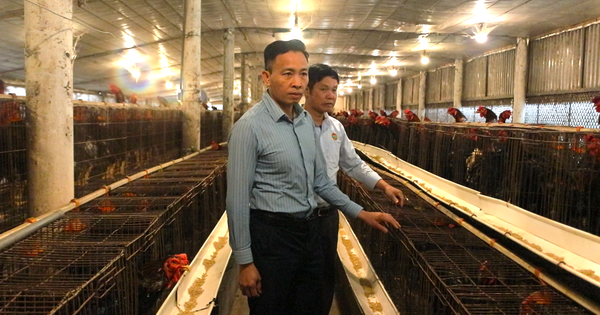

















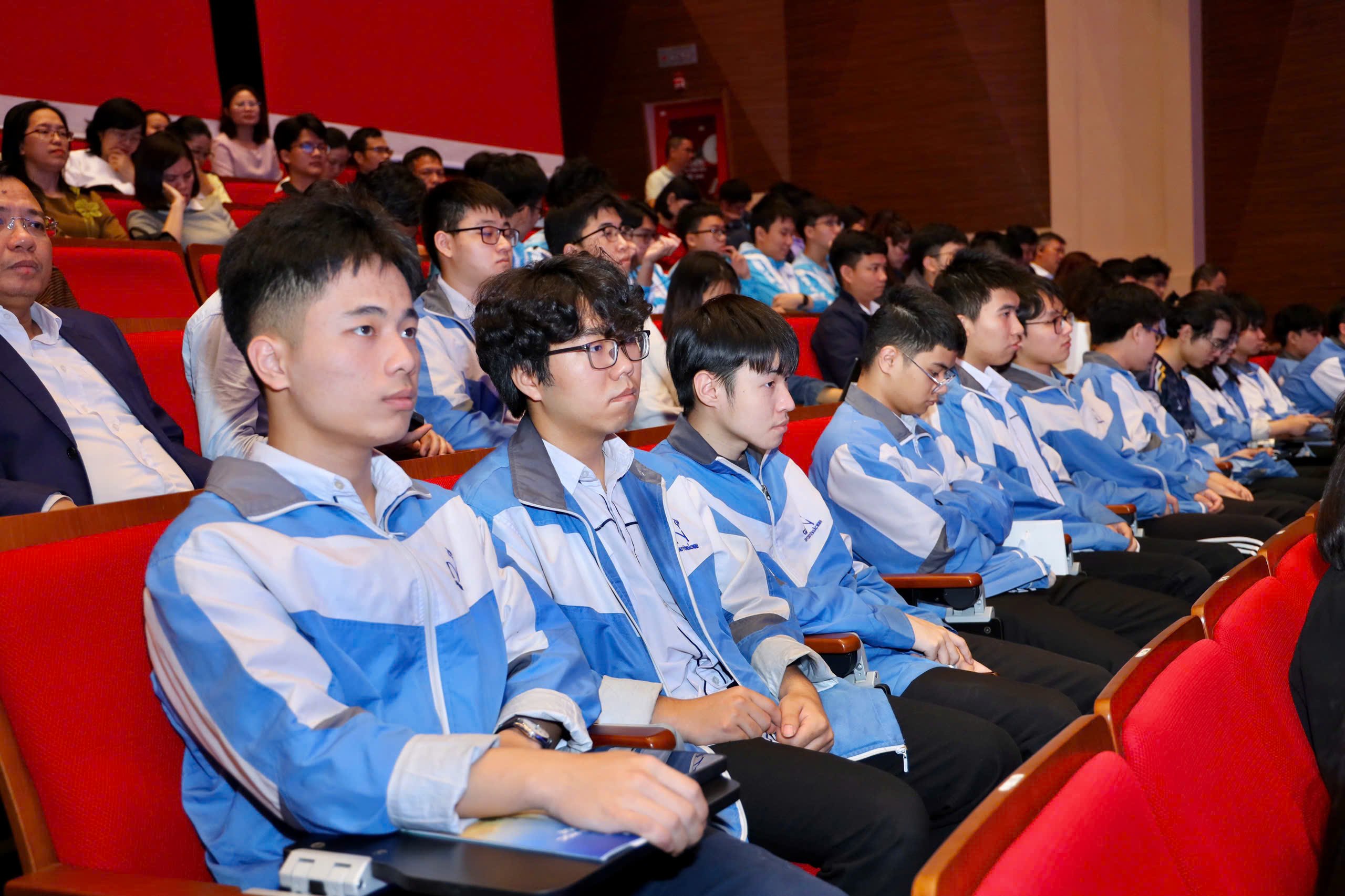






















![[REVIEW OCOP] An Lanh Huong Vet Yen Cat](https://vstatic.vietnam.vn/vietnam/resource/IMAGE/2025/3/27/c25032328e9a47be9991d5be7c0cad8c)





Comment (0)